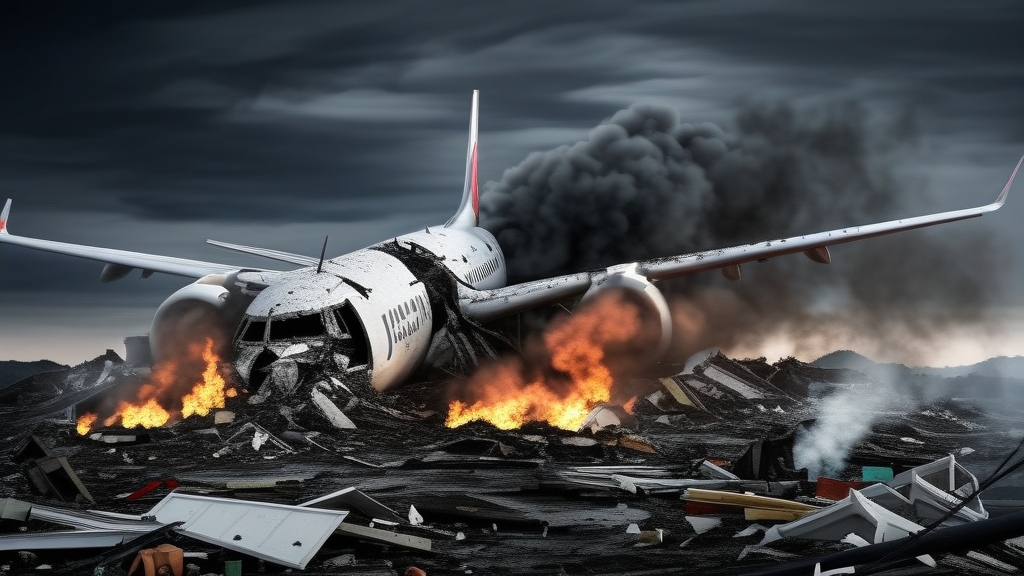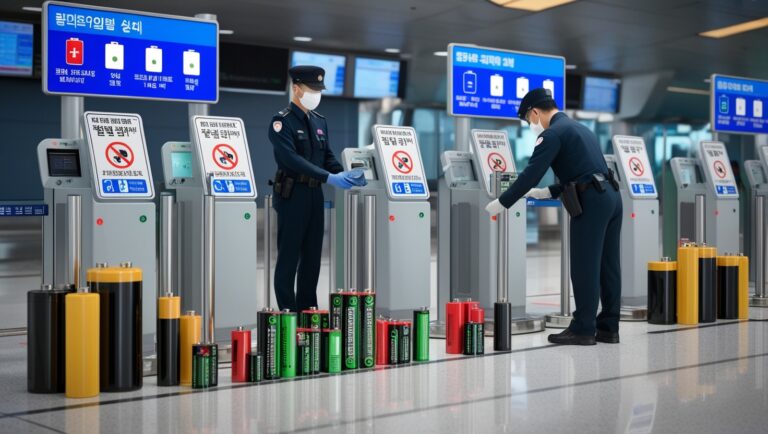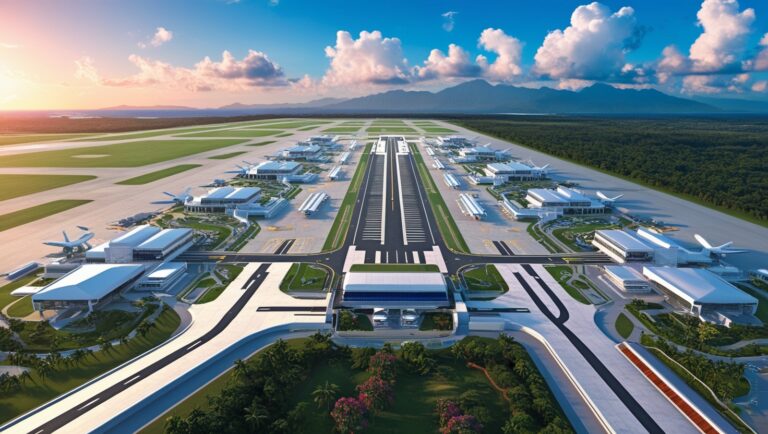Tragic Jeju Air Crash: South Korea Faces Its Deadliest Aviation Disaster
On December 29, 2024, a tragic event unfolded as a Jeju Air flight, carrying 181 souls, crashed soon after takeoff from Jeju Island. As the world watched, news reports confirmed that 179 individuals are presumed dead, with the remaining two clinging to life in critical condition. This disaster not only shook the aviation industry but also reignited critical discussions surrounding aviation safety standards in South Korea.
In this post, I’ll delve into the specifics of the Jeju Air crash, explore its implications on civil aviation safety, and offer insights into the ongoing investigations and recovery efforts.
Understanding the Incident
The crash of the Jeju Air flight represents South Korea’s deadliest domestic airline disaster, which has left the nation in mourning. While the investigation into the accident is still underway, initial reports note that the flight encountered severe weather conditions, including heavy rain and strong winds, shortly after takeoff. It’s heartbreaking to think that a moment of celebration turned into an unimaginable tragedy.
The Impact on Aviation Safety in South Korea
This devastating incident has led to heightened concerns about aviation safety regulations in South Korea. Over the past years, there has been an increasing focus on airline disaster response strategies and protocols aimed at enhancing passenger safety. The Jeju Air crash now serves as a grim reminder of the risks associated with air travel.
Key Points to Consider:
- Importance of rigorous maintenance checks
- Robust training for pilots and crew
- Implementation of advanced weather monitoring systems
- Regular reviews of emergency landing procedures
Emergency Response Efforts
The immediate response to the crash involved local authorities mobilizing rescue teams to the crash site. The situation was complicated by the challenging weather, yet emergency responders worked tirelessly to locate potential survivors and recover victims.
What did I observe from the rescue efforts?
As rescue operations unfolded, it became evident that coordination among various emergency services was crucial. Although the conditions were less than ideal, the dedication of these responders was heartening and demonstrates the resilience of humanity in the face of tragedy.
What Could Have Been Done Differently?
In evaluating this disaster, I can’t help but wonder about the potential measures that could have been implemented to avoid such a tragic outcome. Considerations include:
- Enhanced pilot training sessions focusing specifically on adverse weather conditions.
- Improved communication protocols between pilots, ground control, and weather services.
- In-depth analysis of human error in aviation incidents.
Moving Forward: Lessons Learned
It’s crucial for the aviation industry, operators, and regulators to learn from past mistakes. The Jeju Air crash serves as an opportunity to reassess aviation industry safety improvements and bolster regulations that protect passengers. The hope is that through thorough investigations and enhanced protocols, we can prevent the occurrence of similar tragedies in the future.
Conclusion
As I reflect on the tragedy of the Jeju Air crash, I am reminded of the fragility of life and the responsibilities that come with air travel. It is essential for the aviation sector to reevaluate its safety measures continually and strive for excellence in passenger safety. Let us remember the victims and hope that this incident sparks the change necessary to protect lives.
Call to Action
If you found this post informative, I encourage you to share it, comment below with your insights, and stay informed about aviation safety issues. Together, we can advocate for change and improvement within the industry!
FAQ
What happened in the Jeju Air crash?
On December 29, 2024, a Jeju Air flight carrying 181 people crashed shortly after taking off from Jeju Island, marking the deadliest domestic aviation disaster in South Korea. Out of 181 individuals on board, 179 are presumed dead, while two survivors are in critical condition.
What factors contributed to the crash?
Initial reports suggest that the flight encountered poor weather conditions, including heavy rain and strong winds. The ongoing investigation will provide more detailed insights into the causes of the crash.
How significant is this incident in terms of South Korea’s aviation history?
This crash is considered the deadliest domestic aviation disaster in South Korea, reigniting discussions about aviation safety in South Korea and the need for stricter regulations and better training for aviation personnel.
What actions are being taken in response to the disaster?
Rescue and recovery operations are currently underway, while investigations focus on understanding the causes of the crash. The incident calls for a reevaluation of aviation safety protocols and regulations in South Korea.
How can aviation safety be improved in the future?
By enhancing pilot training, improving communication protocols, and ensuring rigorous maintenance checks, the aviation industry can implement measures that protect passengers and prevent similar incidents in the future.




